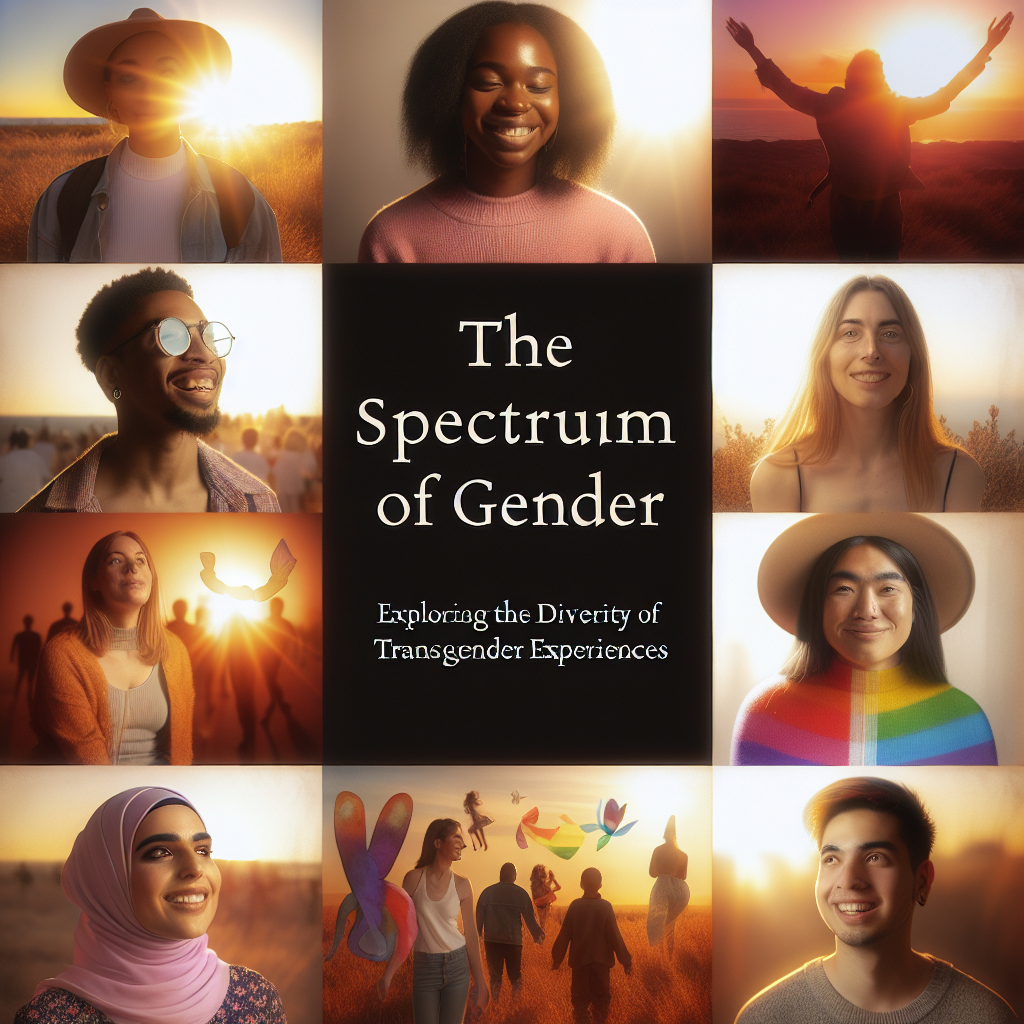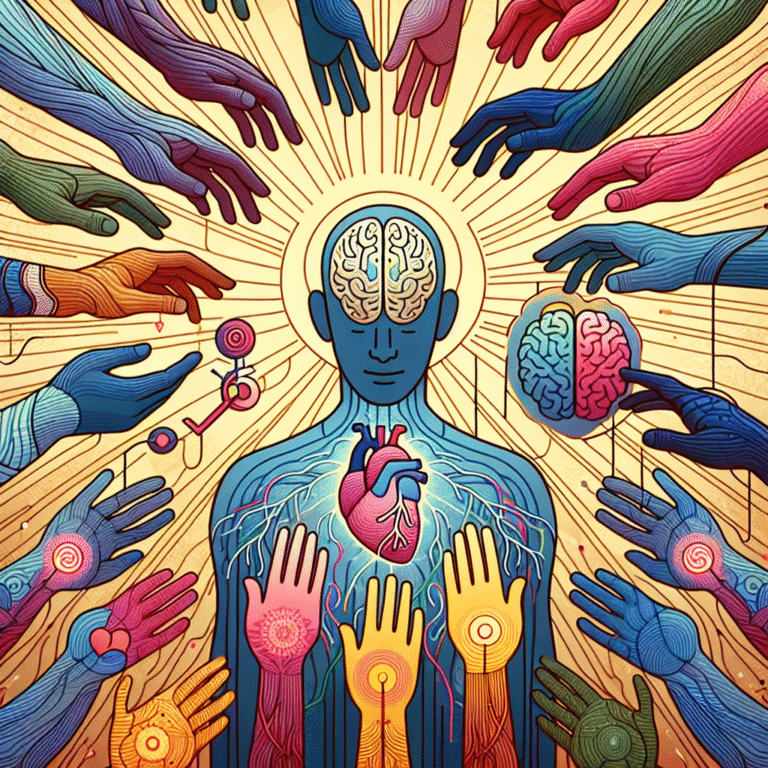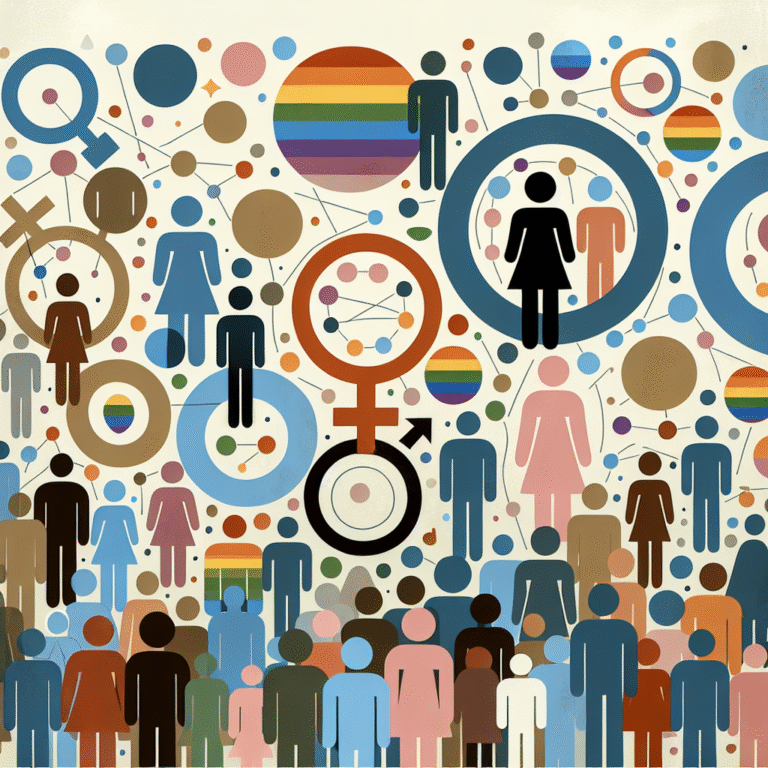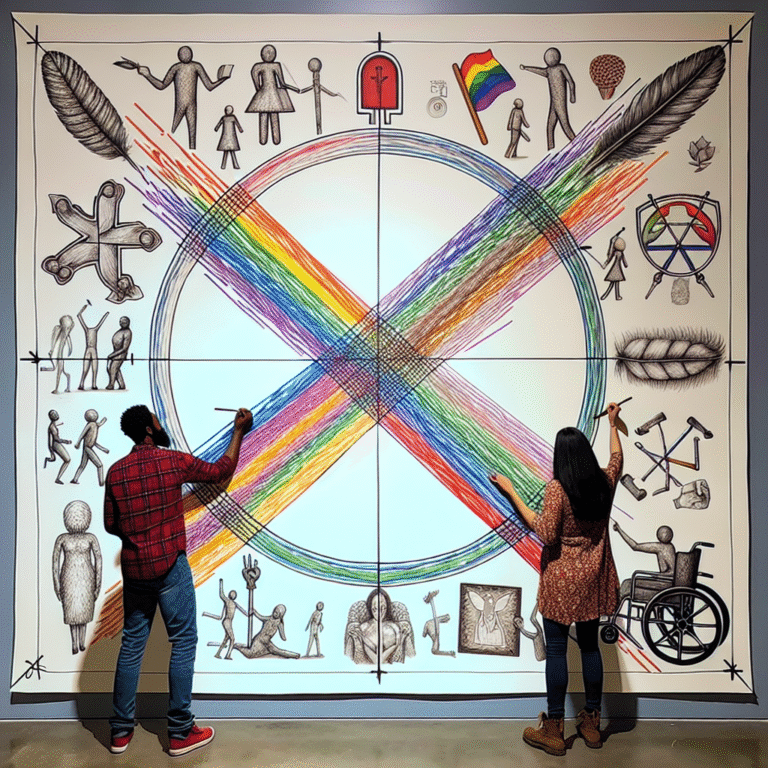
Introduction
In a world striving for inclusivity, the conversation around gender has evolved tremendously. The notion of binary gender—male and female—no longer encapsulates the rich tapestry of human experiences. Instead, The Spectrum of Gender: Exploring the Diversity of Transgender Experiences reveals a complex landscape where individuals redefine their identities. This exploration is essential, as it fosters understanding, compassion, and acceptance. In this article, we will delve into the various facets of transgender experiences, shedding light on their diverse narratives and the societal factors influencing them.
Understanding Gender Identity
Defining Gender
Gender refers to the social, cultural, and psychological attributes and roles that society associates with being male or female. It differs from sex, which is based on biological attributes. Understanding this distinction lays the groundwork for comprehending gender diversity.
What is Transgender?
Transgender is an umbrella term for individuals whose gender identity differs from the sex assigned to them at birth. This term includes a variety of identities, such as genderqueer, non-binary, and genderfluid individuals. Recognizing these distinctions is vital in The Spectrum of Gender: Exploring the Diversity of Transgender Experiences.
The Transgender Experience: A Spectrum
Personal Narratives
Case Study 1: Alex’s Journey
Alex was assigned female at birth but identified as male from a young age. His journey encompassed struggles with acceptance, bullying, and self-discovery. Transitioning not only involved medical interventions but also finding a supportive community. Alex’s experience exemplifies the emotional aspects of transitioning and the importance of external support systems.
Analysis: Alex’s narrative highlights the emotional resilience required in navigating the complexities of gender identity.
Intersectionality and Transgender Experiences
Gender and Culture
Culture plays a pivotal role in shaping how transgender individuals experience their identities. In some cultures, gender diversity is celebrated, while in others, it is stigmatized. Understanding this intersectionality is crucial for a comprehensive view of The Spectrum of Gender: Exploring the Diversity of Transgender Experiences.
Case Study 2: Priya’s Cultural Landscape
Priya, a transgender woman from India, faced unique challenges due to cultural stigmas. Despite societal barriers, she managed to carve out a niche for herself as an advocate for LGBTQ+ rights. Her story illustrates the impact of cultural context on transgender lives.
Analysis: Priya’s experience underscores the significant influence of culture on gender identity and expression.
Societal Challenges and Triumphs
Discrimination and Marginalization
Transgender individuals often face discrimination in various aspects of life, including employment, healthcare, and legal rights. These challenges can lead to mental health issues and social isolation.
Positive Changes and Advocacy
In recent years, there has been a growing movement for transgender rights, advocating for legal protections and societal acceptance. Organizations around the world are working tirelessly to promote inclusivity.
Case Study 3: The Transgender Rights Movement
The evolution of the transgender rights movement in the United States since the 1970s illustrates the ongoing struggle for equality. Landmark cases and increasing visibility have led to greater awareness and gradual acceptance of transgender rights.
Analysis: The strides made in legal rights and public perception highlight the importance of advocacy in advancing transgender experiences.
Mental Health and Well-Being
The Impact of Acceptance
Acceptance, both from oneself and society, significantly influences the mental health of transgender individuals. Studies reveal that supportive environments lead to better mental health outcomes and lower rates of suicidality.
Case Study 4: The Importance of Support Systems
A study focusing on transgender youth shows that those with supportive families and friends exhibited lower levels of depression and anxiety. This reinforces the idea that community and connection are critical in fostering well-being.
Analysis: This case emphasizes the protective factors that supportive relationships create in the lives of transgender individuals.
Representation in Media and Society
The Role of Media
Media representation plays a crucial role in shaping societal perceptions of transgender individuals. Positive portrayals can enhance understanding and acceptance.
Case Study 5: Trans Representation in Film
Films like "Disclosure" and "Pose" have opened dialogues around transgender experiences, showcasing authentic narratives and challenges faced within the community. Such representation can have a profound impact on societal attitudes.
Analysis: Media representation can act as a transformative tool for creating empathy and understanding towards transgender lives.
Navigating Healthcare
Access to Healthcare
Healthcare access remains a significant barrier for many transgender individuals. Discriminatory practices and a lack of knowledgeable providers can lead to inadequate care.
The Importance of Inclusive Healthcare Policies
Advocating for inclusive healthcare policies is vital for ensuring that transgender individuals receive appropriate medical care. Organizations are working to educate healthcare providers about the specific needs of transgender patients.
The Future of Transgender Advocacy
Emerging Trends
The future of transgender advocacy lies in intersectionality and inclusivity. Emphasizing diverse voices within the community is fundamental to driving societal change.
Empowerment Through Education
Educating the public about transgender issues is crucial for fostering an inclusive environment. School programs, community initiatives, and public campaigns play significant roles in changing perceptions.
Conclusion
The Spectrum of Gender: Exploring the Diversity of Transgender Experiences is an ongoing journey that requires empathy, understanding, and advocacy. By sharing stories, supporting rights, and fostering acceptance, we create a more inclusive world for all gender identities. It is essential to recognize that each individual’s experience is unique and contributes to the rich tapestry of humanity.
FAQs
1. What does transgender mean?
Transgender refers to individuals whose gender identity does not align with the sex they were assigned at birth.
2. What are some common misconceptions about transgender people?
Common misconceptions include the belief that transgender identities are a phase or that they are associated with mental illness. In reality, being transgender is a valid aspect of human diversity.
3. How can I support transgender individuals?
Support can include educating yourself about transgender issues, using correct pronouns, being an ally, and advocating for their rights.
4. What are the health disparities faced by transgender people?
Transgender individuals often face barriers in accessing healthcare, leading to higher rates of mental health issues and chronic illnesses due to discrimination and lack of informed providers.
5. Why is representation important for transgender people?
Representation in media and society helps foster understanding, compassion, and acceptance. It validates individual experiences and promotes inclusivity.
Closing Thoughts
The journey of transgender individuals is complex and multifaceted, opening avenues for social change and advocacy. By understanding The Spectrum of Gender: Exploring the Diversity of Transgender Experiences, we honor their narratives and work towards a more equitable society. Together, we can create a world where every individual is respected and celebrated for who they are.














